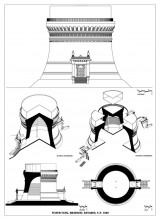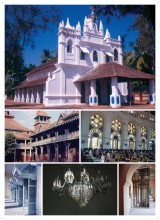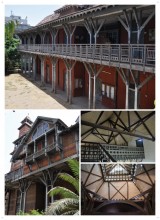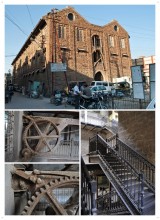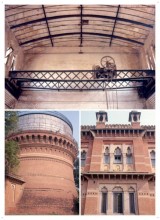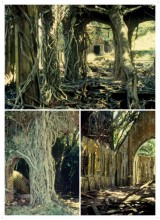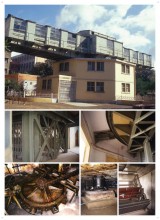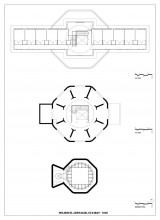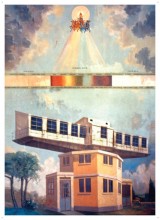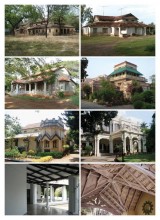Colonial
The Dutch, the Portuguese, the French and the English came to India at different times from around 15th century, first as traders and then gradually colonized India at different times. However the Portuguese stayed the longest and the English ruled over the largest territories of India on the land and in the sea. Many new building types were introduced, some of them being unique. The railway stations, collectorates, courts, palaces, educational buildings and the bungalows brought about a sense of new urbanity. The lavishness of the palaces and the alien nature of the new or inserted urban settlements in Gujarat and Saurashtra are well known, however some other buildings remain unnoticed. The Kothar (granary) in Bhavnagar, the Music College in Baroda, the Water Tank in Banaras and the Solarium of Jamnagar are four distinct buildings of great value. In defining the architectural heritage of Gujarat, these early modern buildings claim their rightful place. The Solarium designed by a French engineer is not only unique, but also the only example left in the world. Even today it is an operable building. Though its use has been replaced by modern techniques to cure diseases; its architecture is of prime value. Worth noticing is the care and the discipline with which all these buildings were constructed.

